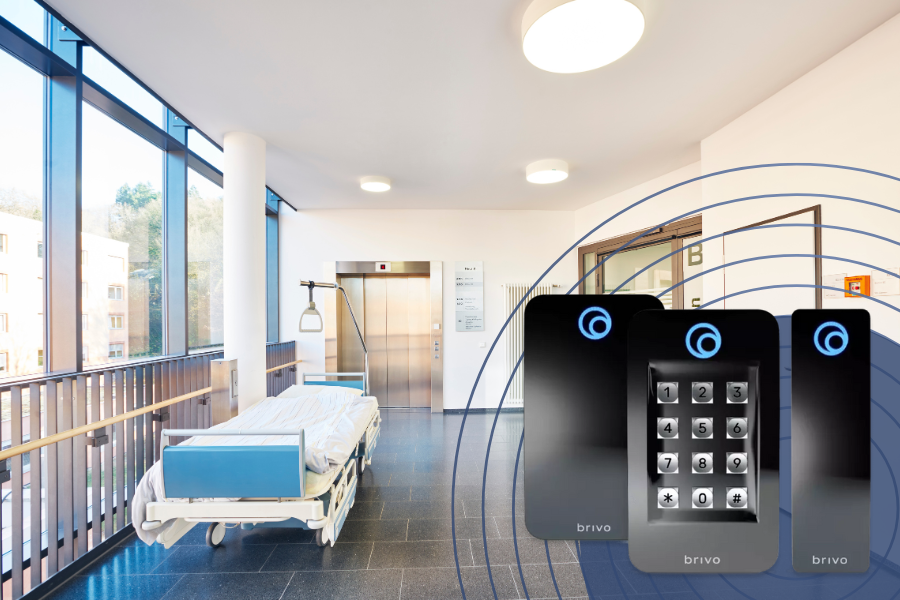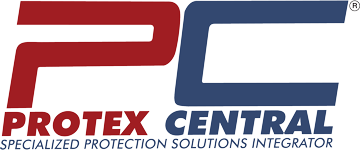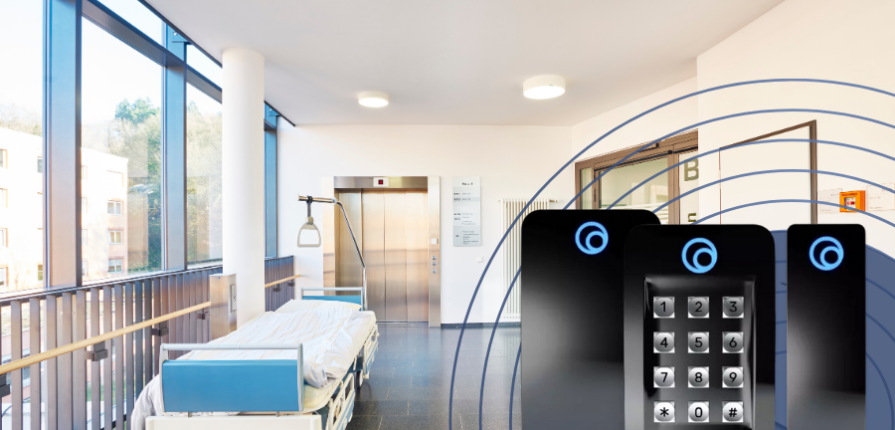
In today’s healthcare environment, striking the right balance between robust security and seamless accessibility is more crucial than ever. At Protex Central, we understand the unique challenges faced by healthcare facilities in managing access control. Let’s explore how advanced access control systems can enhance security without compromising the efficiency of healthcare operations.
The Healthcare Security Challenge
Healthcare facilities face a complex set of security challenges:
- Protecting Sensitive Areas
Hospitals and clinics house various restricted zones, including operating rooms, pharmacies, and data centers containing sensitive patient information. Preventing unauthorized access to these areas is paramount for patient safety and data protection. - Managing Diverse User Groups
Healthcare facilities experience high foot traffic from staff, patients, visitors, and contractors. Each group requires different levels of access, making security management complex. - Ensuring Regulatory Compliance
The healthcare sector must adhere to strict regulations like HIPAA, which govern the protection of patient data. Access control systems play a crucial role in maintaining compliance. - Facilitating Emergency Response
In medical emergencies, staff need quick and easy access to critical areas. Access control systems must be flexible enough to allow rapid response while maintaining security. - Integrating with Existing Systems
Many healthcare facilities rely on a mix of modern and legacy systems. New access control solutions must integrate seamlessly with existing infrastructure.
Advanced Access Control Solutions
Modern healthcare facilities are turning to advanced access control systems to address these challenges. Here’s how these systems are revolutionizing healthcare security:
1. Multi-Tiered Access Control
Implement role-based access control (RBAC) to ensure that staff members only have access to necessary areas. This can include:
- Biometric authentication for high-security areas
- Smart cards or mobile credentials for general staff access
- Temporary access codes for visitors and contractors
2. Integration with Other Systems
Advanced access control systems can integrate with:
- Video surveillance for visual verification of access events
- Fire alarm systems for automatic door release in emergencies
- Building management systems for efficient facility operations
3. Detailed Audit Trails
Maintain comprehensive logs of all access attempts, successful or not. This feature is crucial for:
- Regulatory compliance
- Investigating security incidents
- Optimizing facility usage and staff workflows
4. Flexible Management
Implement systems that allow for:
- Quick updates to access permissions
- Easy onboarding and offboarding of staff
- Temporary access grants for visitors or temporary staff
5. Emergency Response Protocols
Incorporate features that facilitate rapid response in emergencies:
- One-touch lockdown capabilities
- Automatic access for emergency responders
- Pre-programmed evacuation routes
Best Practices for Implementation
To maximize the benefits of advanced access control in healthcare settings, consider these best practices:
1. Conduct a Thorough Assessment
Before implementation, assess your facility’s specific needs and vulnerabilities. This should include:
- Identifying critical areas requiring heightened security
- Mapping current workflows to minimize disruption
- Evaluating existing systems for integration possibilities
2. Prioritize User Experience
While security is paramount, the system should not hinder healthcare operations. Focus on:
- Intuitive interfaces for easy staff adoption
- Quick access methods like proximity cards or biometrics
- Mobile access options for convenience
3. Implement Multi-Factor Authentication
For high-security areas, use multi-factor authentication combining:
- Something the user knows (PIN)
- Something the user has (smart card)
- Something the user is (biometric data)
4. Regular Training and Audits
Ensure ongoing system effectiveness through:
- Regular staff training on security protocols
- Periodic audits of access logs and permissions
- Updating protocols based on emerging threats or changing needs
5. Plan for Scalability
Choose systems that can grow with your facility:
- Cloud-based solutions for easy updates and expansion
- Modular systems that allow for adding new features or areas
- APIs for integration with future technologies
Balancing Security and Accessibility
While enhancing security is crucial, it’s equally important to maintain the accessibility needed in a healthcare environment. Advanced access control systems achieve this balance through:
- Customizable Access Levels
Create granular access levels that match the specific needs of different staff roles and departments. - Time-Based Access
Implement time-based restrictions to allow access only during scheduled shifts or appointments. - Temporary Access Protocols
Develop easy-to-use systems for granting and revoking temporary access for visitors, patients, and contractors. - Integration with Scheduling Systems
Link access control to staff scheduling software to automatically adjust access rights based on shifts and rotations. - Smart Lockdown Capabilities
Implement partial lockdown features that can secure specific areas without impacting critical operations in other parts of the facility.
Staying ahead of Risks
As technology continues to evolve, so do the possibilities for enhancing healthcare security. Emerging trends include:
- AI-powered anomaly detection to identify unusual access patterns
- Contactless biometrics for improved hygiene and efficiency
- IoT integration for smarter, more responsive building management
At Protex Central, we’re committed to staying at the forefront of these advancements, ensuring that our healthcare clients can access the most effective and innovative security solutions.
Commercial Access Control for Healthcare Facilities
Advanced access control systems are not just about restricting entry; they’re about creating a safer, more efficient healthcare environment. By implementing these systems, healthcare facilities can enhance security, improve operational efficiency, and ensure compliance with regulatory standards – all while maintaining the accessibility crucial for patient care.
Your Partner in Fire and Security
Remember, effective access control in healthcare is an ongoing process. Regular assessments, updates, and staff training are essential to maintain a robust security posture in the face of evolving threats and changing healthcare needs.
Ready to enhance your healthcare facility’s security with advanced access control? Contact Protex Central today at (800) 274-0888 for a comprehensive security assessment. Let’s work together to create a secure, efficient, and compliant healthcare environment that puts patient care first.



License Info
USDOT Number: 210786
Connect with Us